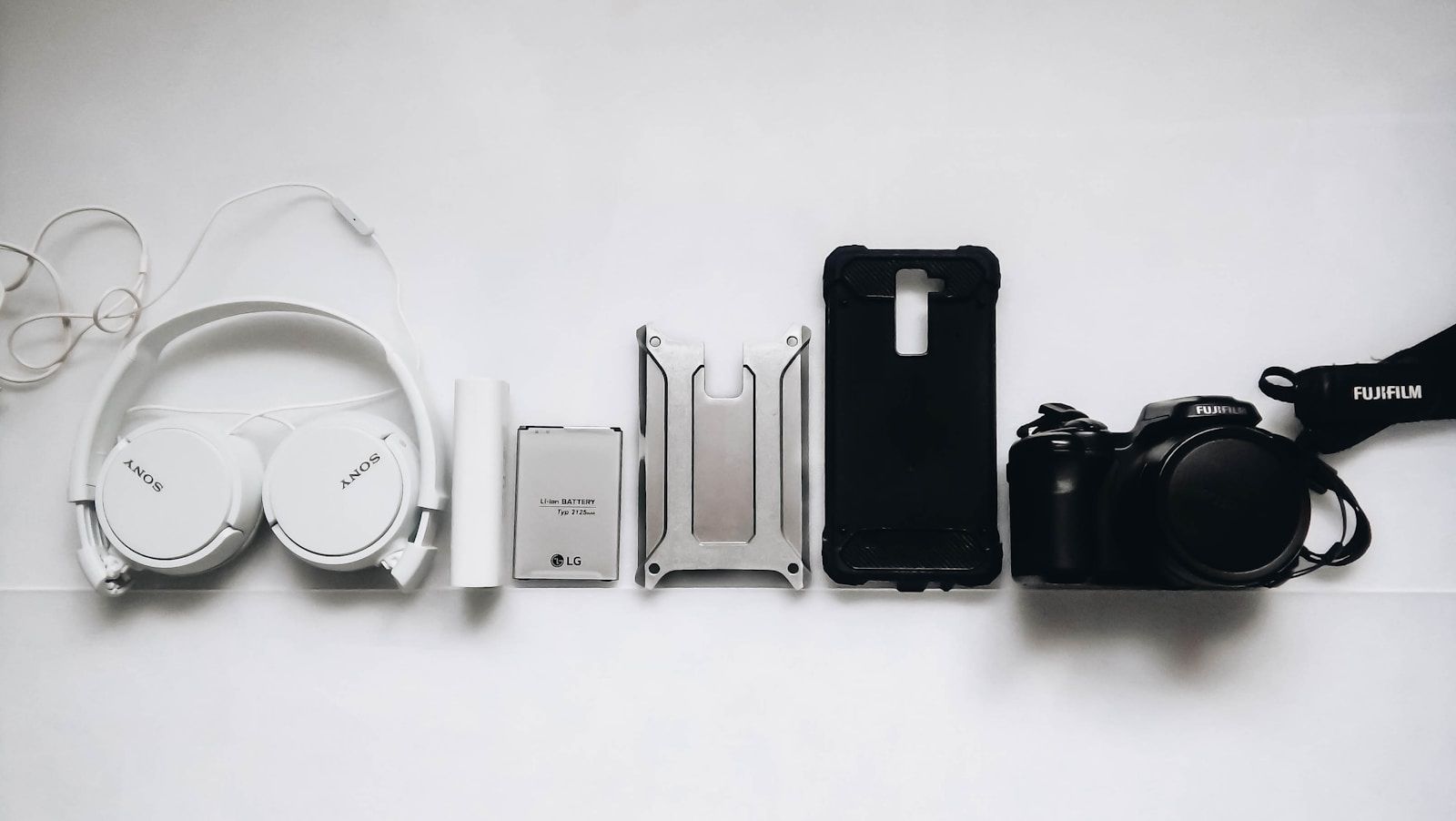When it comes to creating a CD cover, one of the first things you need to know is the required pixel dimensions. Whether you’re an artist, a designer, or someone looking to create a personalized CD cover, understanding the right dimensions is crucial. It ensures that your design fits perfectly and looks professional. So, let’s dive in and explore everything there is to know about pixel dimensions for CD covers.
What Are Pixel Dimensions and Why Do They Matter?
Pixel dimensions refer to the width and height of an image, measured in pixels. For a CD cover, these dimensions determine the clarity and fit of your artwork. If your dimensions are too small, the image may appear blurry or pixelated when printed. On the other hand, oversized dimensions can make file sizes unnecessarily large and difficult to handle.
For most standard CD covers, the recommended pixel dimensions are 1425 x 1425 pixels. This size corresponds to a square format, which is the typical shape of a CD cover. However, depending on your design needs, the resolution can vary.
Standard Pixel Dimensions for CD Covers
The standard size for a CD cover is 4.75 x 4.75 inches, which translates to specific pixel dimensions based on the resolution. For instance:
- 300 DPI (dots per inch): This is the industry-standard resolution for print quality. At 300 DPI, a CD cover should be 1425 x 1425 pixels.
- 150 DPI: For less critical uses, such as mockups or drafts, a resolution of 150 DPI results in 712 x 712 pixels.
Keep in mind that the higher the resolution, the sharper your CD cover will appear when printed. It’s always a good idea to work with 300 DPI if you’re aiming for professional-quality results.
Choosing the Right Software for Your Design
To create a CD cover with the correct pixel dimensions, you’ll need graphic design software. Some popular options include:
- Adobe Photoshop: Perfect for detailed designs and photo editing.
- Canva: User-friendly and great for beginners.
- GIMP: A free alternative to Photoshop with powerful features.
- CorelDRAW: Ideal for vector-based designs.
Make sure to set your canvas size to the desired pixel dimensions before starting your design. This ensures that your artwork fits perfectly within the CD cover dimensions.
How to Optimize Your CD Cover Design
Now that you know the standard pixel dimensions, let’s talk about how to make your design stand out. Here are some tips to optimize your CD cover:
1. Use High-Quality Images
Start with high-resolution images to avoid pixelation. If you’re using stock photos, download the largest size available.
2. Focus on Typography
Your text should be legible and well-aligned. Use bold fonts for the album title and softer fonts for additional details.
3. Keep It Simple
A clutter-free design is often more impactful. Stick to a few key elements that represent the theme of your CD.
4. Add a Border or Bleed
Include a bleed area of about 0.125 inches (3 mm) around the edges. This ensures that no important details are cut off during printing.
5. Test Your Design
Before finalizing, print a test copy to see how it looks. This step can help you spot any errors and make adjustments.
Designing for Digital CD Covers
In today’s digital age, many people create CD covers for online platforms like Spotify, iTunes, or Bandcamp. While the pixel dimensions remain similar (usually 1400 x 1400 pixels or higher), you’ll also want to consider file formats and compression. JPEG and PNG are the most commonly accepted formats for digital CD covers.
Common Mistakes to Avoid
Even experienced designers can make mistakes. Here are some common pitfalls and how to avoid them:
- Using Low Resolution: Always work with at least 300 DPI for print designs.
- Ignoring Margins: Keep important text and images away from the edges to prevent them from being cropped.
- Overloading the Design: Simplicity often works best. Avoid cramming too many elements into your design.
- Wrong Color Mode: For print, use CMYK color mode; for digital, use RGB.
Exploring Creative Ideas for CD Covers
The pixel dimensions may set the framework, but your creativity brings the design to life. Here are some ideas to inspire you:
- Minimalist Designs: Use simple shapes and bold colors.
- Photo Collages: Combine multiple images to tell a story.
- Hand-Drawn Elements: Add a personal touch with illustrations or doodles.
- Typography Art: Experiment with creative fonts and layouts.
Tools to Check Pixel Dimensions
If you’re unsure about the dimensions of an existing design, several tools can help:
- Adobe Photoshop: Check dimensions under Image > Image Size.
- Online Tools: Websites like ResizePixel allow you to check and adjust dimensions easily.
- File Properties: On your computer, right-click the file, select Properties (Windows) or Get Info (Mac), and look for pixel dimensions.
Wrapping Up
Understanding the pixel dimensions of a CD cover is a small but significant step in creating a professional and visually appealing design. By following the tips and guidelines in this guide, you can ensure your CD cover not only fits perfectly but also stands out from the crowd. Whether you’re designing for print or digital platforms, getting the dimensions right is the foundation for success.
For further reading, explore these related articles:
- Taylor Swift Spotify Streams: How She Became the Queen of Streaming
- Mo Bamba Lyrics: The Story of a Song That Took the World by Storm
For additional resources on music marketing and distribution, visit DMT Records Pvt. Ltd..






